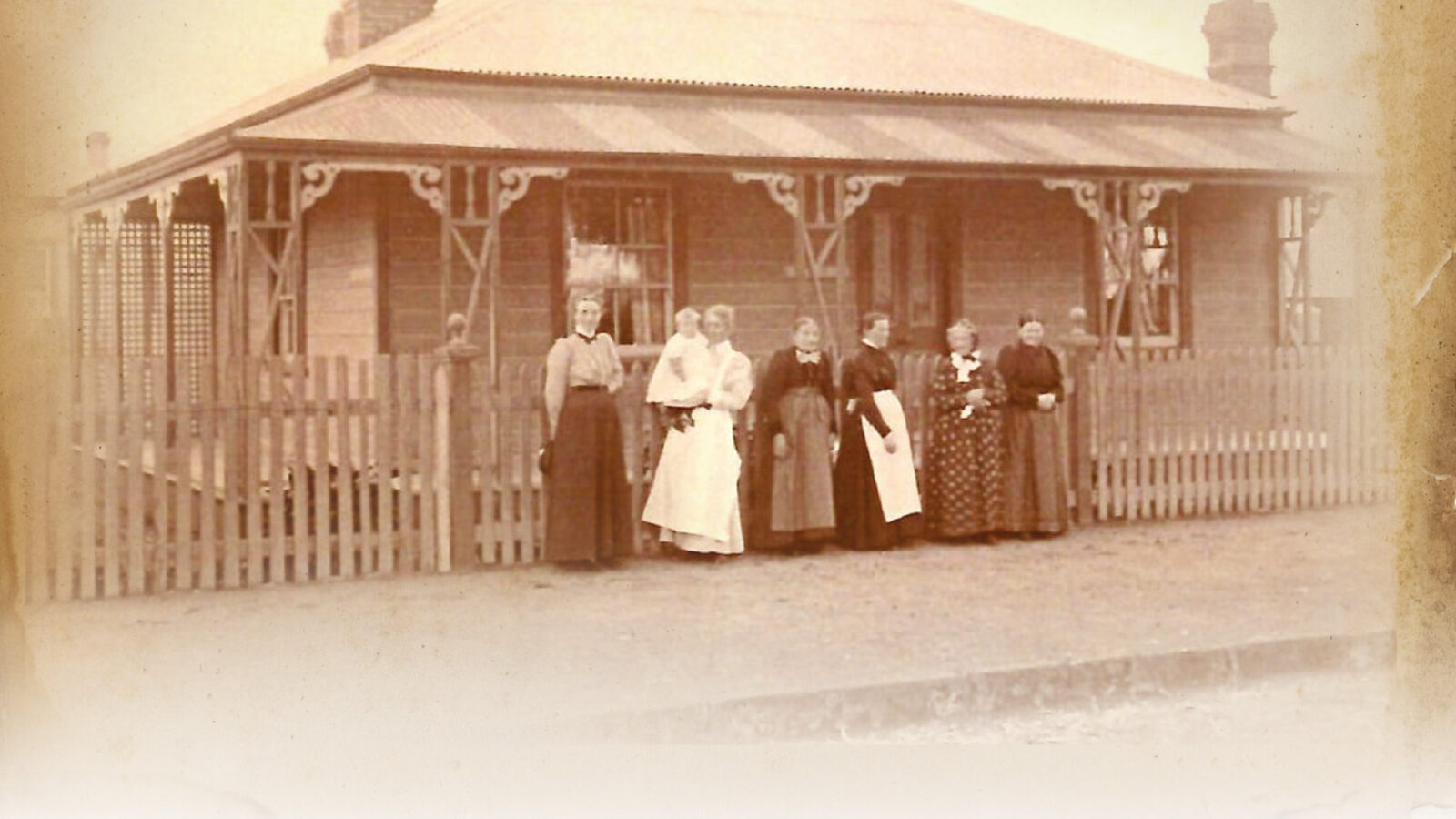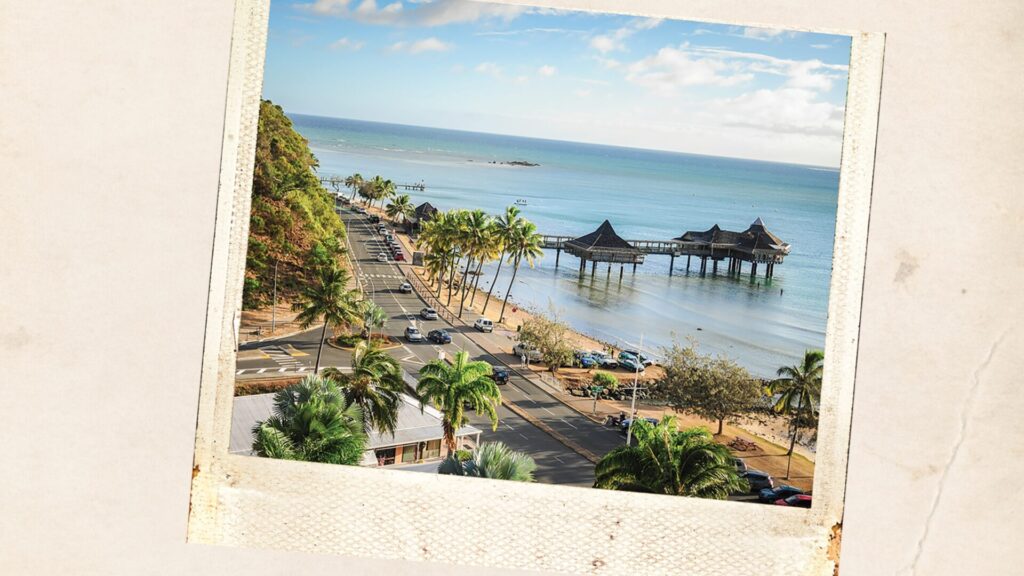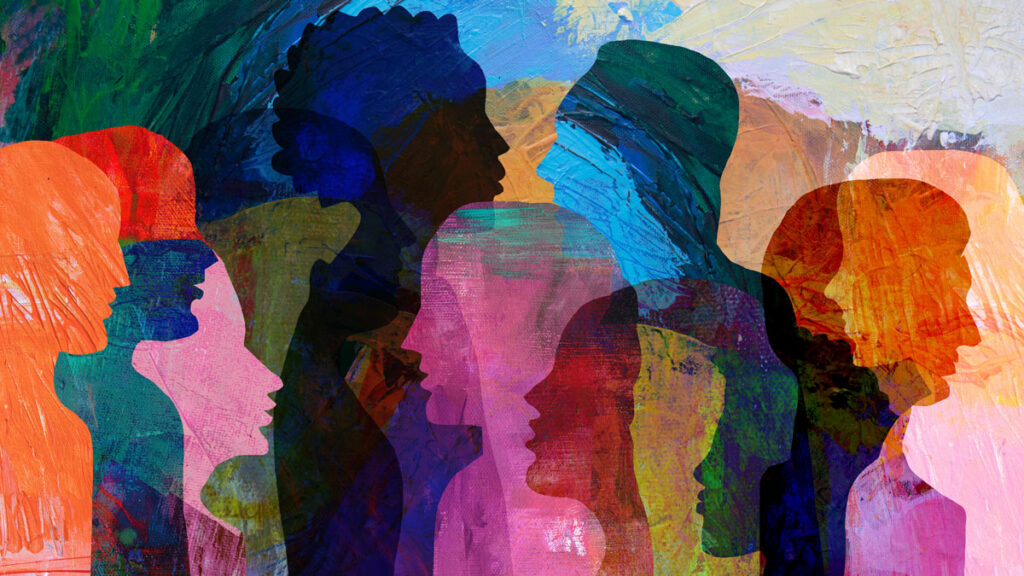During the 1890s at a time when Helping Hand Missions were being established in many cities around Australia and New Zealand, Doctors Eric and Margaret Caro and some members of the Seventh-day Adventist Church in Napier, New Zealand, formed what was termed a Christian Help Band to assist released female prisoners and “the fallen”. Temporarily housed in the Caro home while more permanent accommodation could be obtained, the women were cared for until suitable positions could be found for them.
Ten volunteers canvassed the city for suitable housing, furniture and donations. In 1896, a suitable rental property was found and Bethany Home opened its doors. From its spacious verandas, the ocean could be viewed in three directions.
This new institution had to be self-supporting. Within two weeks, accommodation, furnishings, a guaranteed rental income, a matron and inmates were organised. Miss Radford, the former president of the Christian Help Band, offered her services free of charge as the first matron and brought her piano and some household furniture to the home with her. The home was opened to all women without distinction of faith or nationality.
Newspapers reported the official opening of Bethany Home by the Napier mayor on February 16, 1898. Often referred to as Bethany Rescue Home, the facility housed 25 women during its first year of operation, 11 of whom were recently released prisoners. The local newspaper reported that “some of the others have also turned into the right path, and are now supporting themselves in a proper manner. Of course, some of the most inverterate [sic] drunkards could not see the error of their ways, and relapsed into their old unfortunate habits.”
Five months later the Napier newspaper stated that “the work has gone steadily forward, literally hundreds of visits having been made, hundreds of meals provided, and hundreds of garments given to those who were in straitened circumstances. Physiology classes for children have also been undertaken with the most gratifying results.”
Within a year Miss Alice Parr became the matron of the home, a position she held for 17 years. To help make the home self-supporting, the plan was to take in laundry work, sewing, knitting and other suitable employment. At this time a small maternity room was also established. Support from the citizens of Napier helped keep the home operating, with newspapers reporting on information on the residents at the time, as well as donations and expenditures.
A move to a venue further uphill was soon undertaken. Here more women could be cared for in the larger premises. Bethany had expanded to include the rescue and temporary care of children from unfavourable or dangerous surroundings.
On August 14, 1914, Bethany Home was transferred to the Salvation Army. They retained the name Bethany Home, which was subsequently used for most of the Salvation Army Hospitals in New Zealand. Bethany Home was officially reopened by the Salvation Army on November 26, 1914, with a large interested audience. The bishop of Waipau stated that “as long as there was sin in the world such institutions would be necessary”, and “he felt that all large towns needed a similar Institution as the one opening today. It would be a place where sinners would be brought to their Saviour.” This denomination ran private maternity hospitals bearing the name Bethany Home in Russell, Auckland, Gisborne, Napier, Wellington, Christchurch and Dunedin.
The role of Bethany Home changed over the years when child welfare officers were appointed in 1925, and young children could be housed there briefly until a suitable home was found for them. The 1931 Napier earthquake badly damaged the building, and it did not reopen until 1938. In 1942 the home was relocated once again, to 42 Morris Street, Nelson Park, Napier, and functioned under the name Bethany Maternity Hospital. The facility closed its doors in October 1978.






